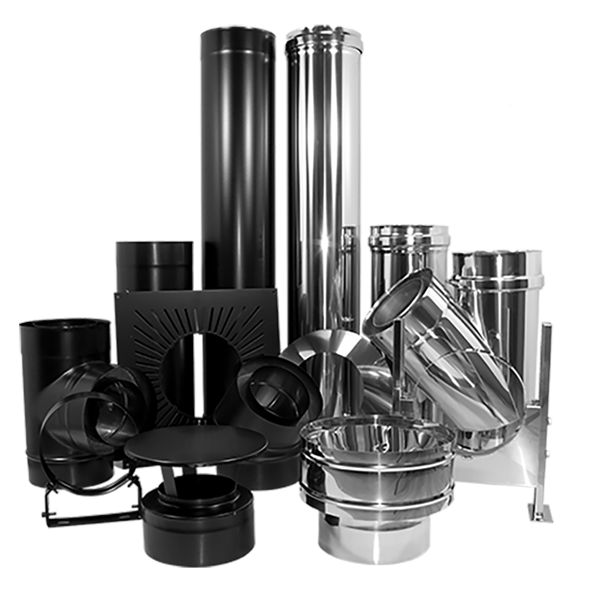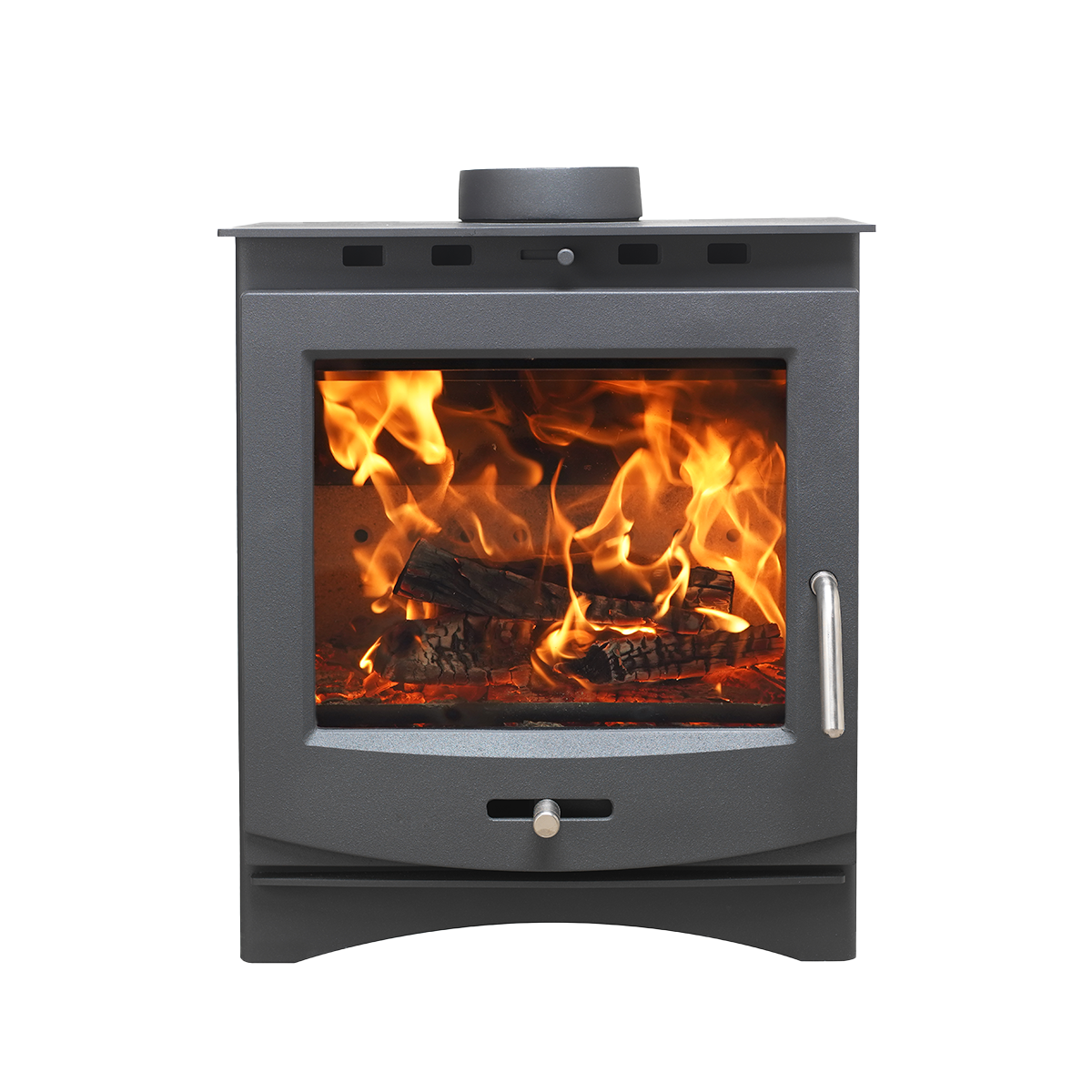What is
The Best Chimney System?
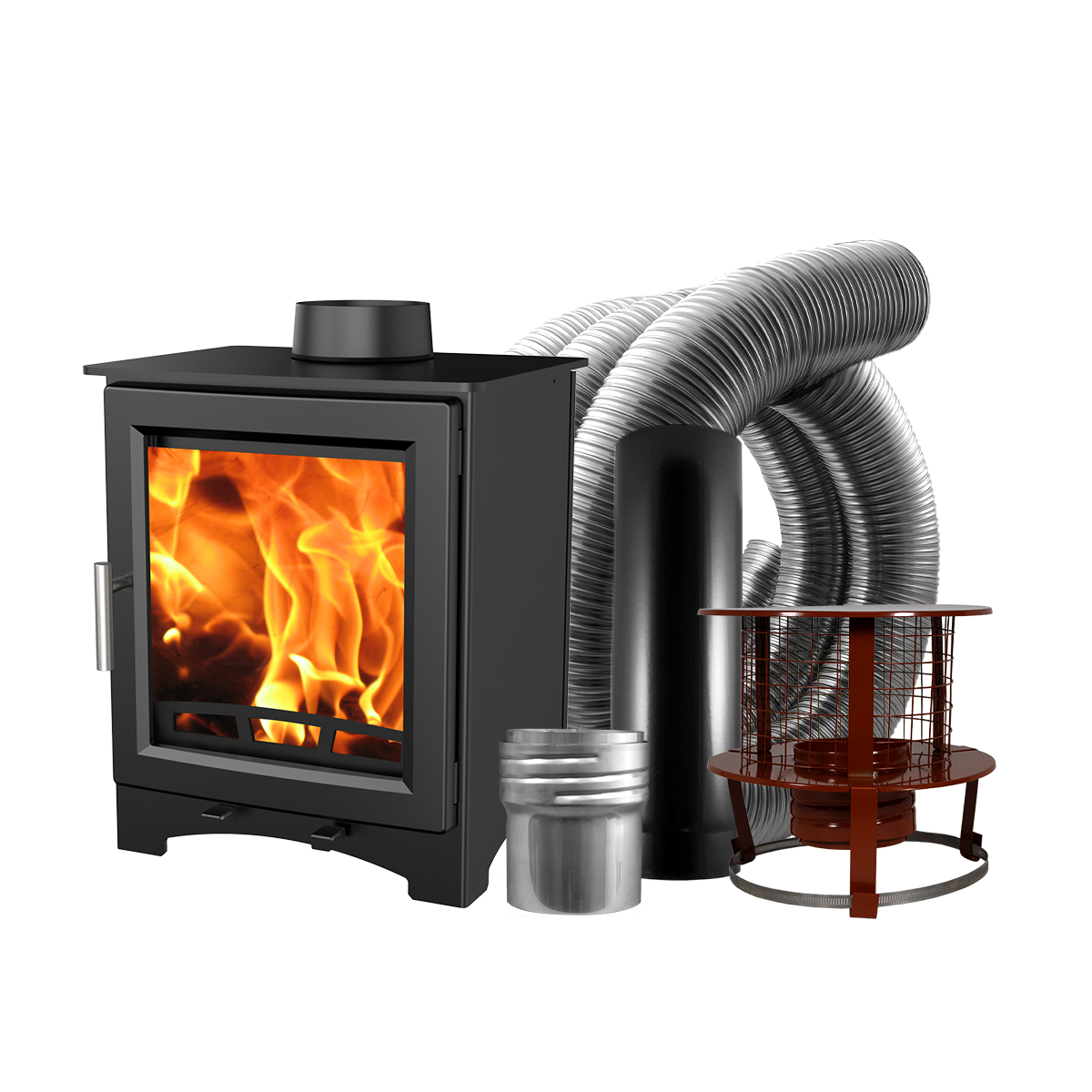
WHAT IS
Vitreous Enamel Stove Pipe?
Vitreous enamel stove pipe, often referred to as enamel flue pipe, is a type of stovepipe used in the venting system of wood-burning stoves.
It is designed to connect the stove to the chimney or flue and plays a crucial role in directing combustion gases safely outside the building. This type of stove pipe is mainly used as the starting point of the installation
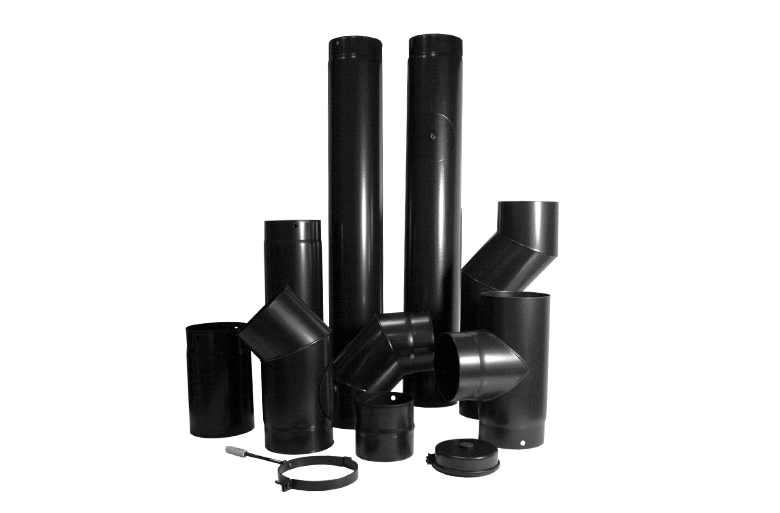
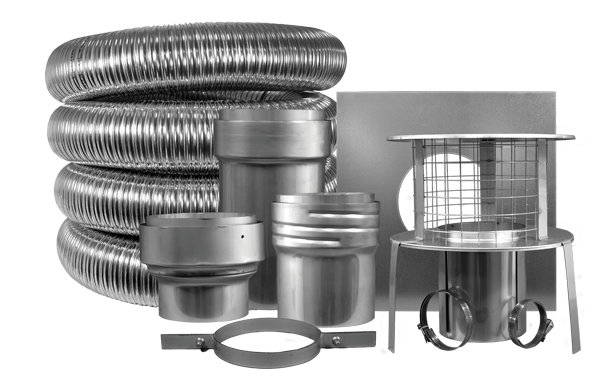
WHAT IS
Flexible Flue Liner?
If you have a property with a bricks and mortar chimney in most cases, you will need a flexible chimney liner for a Eco Design Stove.
These are easy to install, especially if your chimney stack has any kinks or bends. The flue liner should be strong and capable of holding up under the force of being pulled through the chimney. They should also be able to withstand the high temperatures at regular intervals from the stove and to also prevent damp conditions that often occur inside chimneys. We recommend using Ultraflex or Twinflex Flexible Flue Liners that are manufactured from high quality stainless steel.

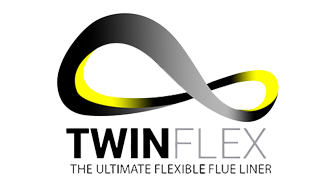
WHAT IS
Twinwall Insulated Flue?
Twin wall insulated flue systems are an essential component in the venting your eco design stove of various heating appliances, particularly wood-burning stoves. This double-layered pipe is designed to facilitate the safe and efficient removal of combustion gases from the stove to the exterior of a building. Twin Wall flue is a great alternative for homes that dont have a chimney stack.
The twin wall construction consists of an inner stainless steel liner and an outer layer, typically made of steel or stainless steel, with insulation sandwiched in between.
